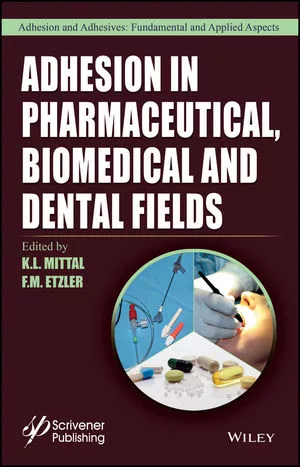Ask Dr. Dave
Superglues vs. Polyurethane Glues
Should I use superglue or one of the new polyurethane glues for general-purpose assembly and home repairs?
I have worked with companies that manufacture superglue and polyurethane glue, both of which are single-component, no-mix adhesives. Superglue, which is the common term for cyanoacrylate adhesive, has been around for about 60 years. In contrast, the polyurethanes are about 20 years old in the retail market and somewhat older in professional woodworking. I admit to using both types of adhesive regularly.
Cyanoacrylates are particularly good for virtually instant repairs on a wide range of materials, as long as the parts are close fitting (curing is initiated from traces of moisture on the surfaces). Polyurethane glues cure much more slowly, often taking 24 hrs for maximum strength. They depend on atmospheric moisture diffusing in from the outside of the bond, although cure can be speeded up by dampening the part surfaces. Clamping is often required during curing. Polyurethanes are particularly good for bonding porous surfaces like wood, and that is where I use them most often.
Both types of adhesive have some negatives and cautions during use. Cyanoacrylates bond skin in seconds, and bonded fingers need to be soaked in warm water before being peeled apart. Polyurethanes remain liquid on skin for some time and can be wiped off or washed with soapy water.
Cured polyurethanes are extremely resistant to water and all solvents, and any excess must be removed mechanically by sanding, scraping, or cutting. Frequent users of polyurethanes learn not to apply excess adhesive to the parts because the adhesive expands during curing and can leave a messy extrusion of cured glue on the outside of the bondline. Both adhesives perform poorly on some plastics (e.g., polyethylene or polypropylene), although special surface primers are available for the cyanoacrylates.
Looking for a reprint of this article?
From high-res PDFs to custom plaques, order your copy today!






